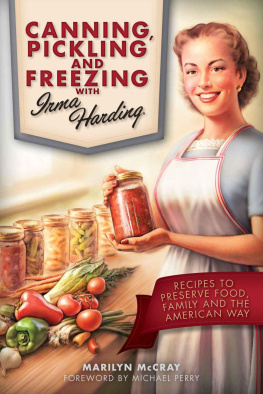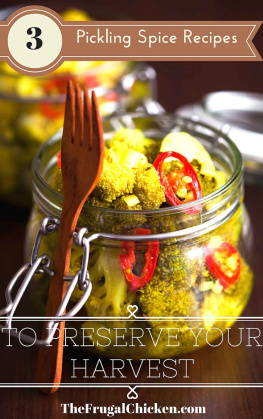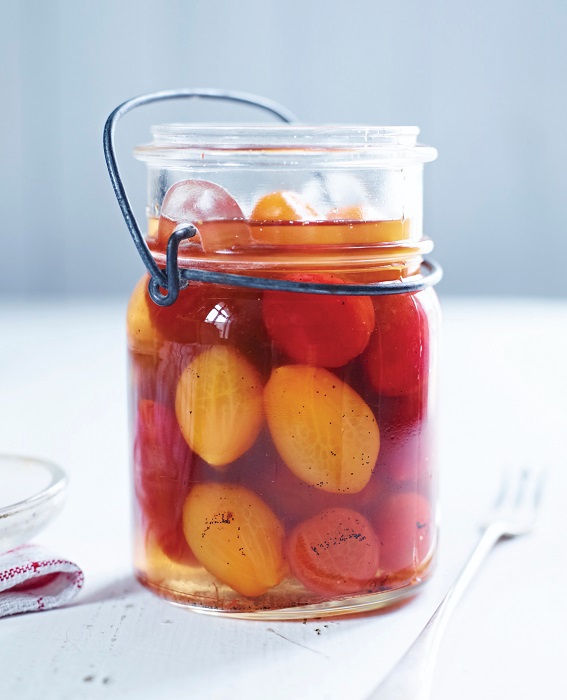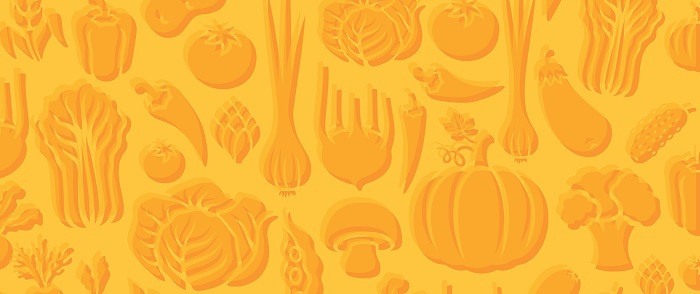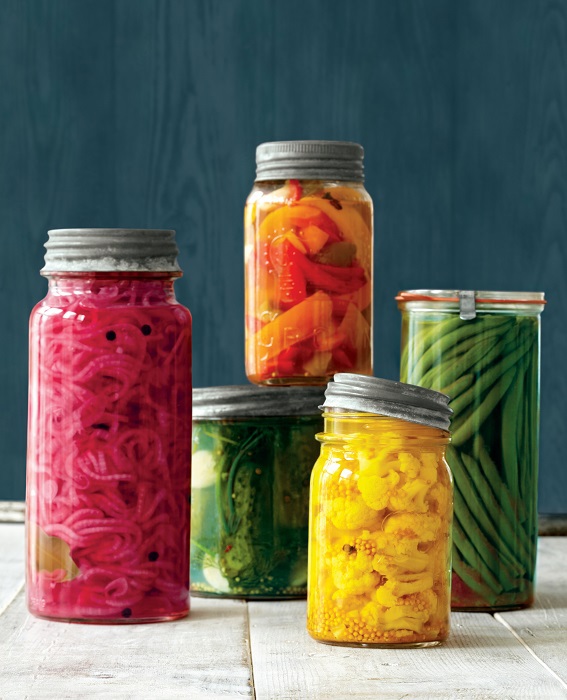
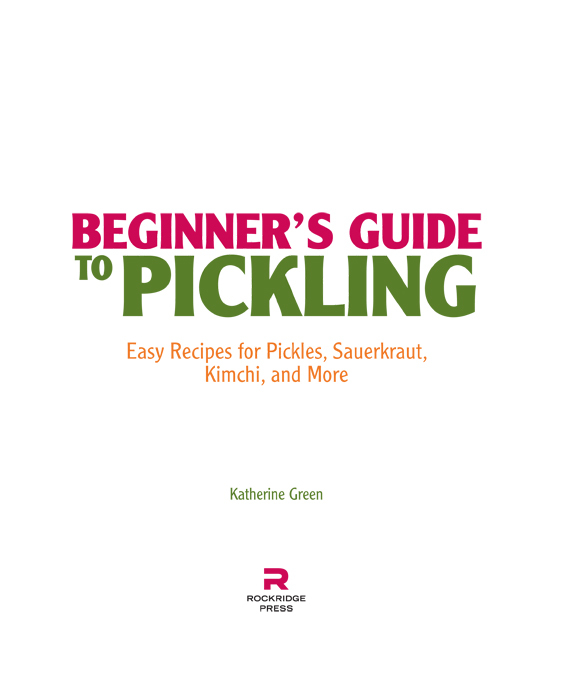
Copyright 2021 by Rockridge Press, Emeryville, California
No part of this publication may be reproduced, stored in a retrieval system, or transmitted in any form or by any means, electronic, mechanical, photocopying, recording, scanning, or otherwise, except as permitted under Sections 107 or 108 of the 1976 United States Copyright Act, without the prior written permission of the Publisher. Requests to the Publisher for permission should be addressed to the Permissions Department, Rockridge Press, 6005 Shellmound Street, Suite 175, Emeryville, CA 94608.
Limit of Liability/Disclaimer of Warranty: The Publisher and the author make no representations or warranties with respect to the accuracy or completeness of the contents of this work and specifically disclaim all warranties, including without limitation warranties of fitness for a particular purpose. No warranty may be created or extended by sales or promotional materials. The advice and strategies contained herein may not be suitable for every situation. This work is sold with the understanding that the Publisher is not engaged in rendering medical, legal, or other professional advice or services. If professional assistance is required, the services of a competent professional person should be sought. Neither the Publisher nor the author shall be liable for damages arising herefrom. The fact that an individual, organization, or website is referred to in this work as a citation and/or potential source of further information does not mean that the author or the Publisher endorses the information the individual, organization, or website may provide or recommendations they/it may make. Further, readers should be aware that websites listed in this work may have changed or disappeared between when this work was written and when it is read.
For general information on our other products and services or to obtain technical support, please contact our Customer Care Department within the United States at (866) 744-2665, or outside the United States at (510) 253-0500.
Rockridge Press publishes its books in a variety of electronic and print formats. Some content that appears in print may not be available in electronic books, and vice versa.
TRADEMARKS: Rockridge Press and the Rockridge Press logo are trademarks or registered trademarks of Callisto Media Inc. and/or its affiliates, in the United States and other countries, and may not be used without written permission. All other trademarks are the property of their respective owners. Rockridge Press is not associated with any product or vendor mentioned in this book.
Interior and Designer: Heather Krakora
Art Producer: Hannah Dickerson
Editor: Annie Choi
Production Editor: Ellina Litmanovich
Production Manager: Riley Hoffman
Photography Carmen Palma/Stocksy, cover (top left); Deirdre Malfatto/Stocksy, , 143.
Paperback ISBN: 978-1-63878-085-4
eBook ISBN: 978-1-63807-892-0
R0
A PECK OF PICKLED PEPPERS
Is the craft of pickling new to you? Get started with these simple do-it-yourself pickling projects and unleash the kitchen crafter in you.
A recipe for classic is the perfect place to start. Find troubleshooting tips to guide you.
will be your fermentation primer. Use this basic recipe to learn techniques you will turn to again and again.
Curious about pickled fruit? Prepare this recipe for and youll be a fruit pickle convert.
Start experimenting with tsukemono like , a classic Japanese pickle that is worth the wait.
HAPPY PICKLING!
CONTENTS
Do you love the crisp bite of a fresh pickle? Or how about the pungent yet addictive flavor of kimchi or sauerkraut? Whether you prefer spicy, sweet, or something in between, this ultimate do-it-yourself pickling book has got you covered. Now you can turn everyday garden produce into a medley of pickled products with these simple time-tested methods of food preservation.
Every day millions of people enjoy the taste of pickled food unique to their own region of the world. In many countries, eating pickled foods is just part of the daily routine. In Korea, kimchi is king, served in countless variations. In Japan, just about every meal is paired with some form of tsukemono, a unique variety of both fresh and fermented pickles that span a wide taste zone. Eastern Europeans round out meals with pickled turnips and beets, and sauerkraut is widely served throughout this region and into Germany, where it is highlighted in the signature sausage and sauerkraut dish. In short, these pickled food items are so much a part of everyday eating that theyve become a large part of the ethnic food of the region and are beloved on tables across the globe.
In America, the pickling lexicon has largely been limited to staples such as dill pickles, relish, and ketchup, but there is so much more to explore. The recent focus on the health benefits of fermented food and the surge in home pickling have introduced a multitude of pickled delicacies from around the globe and made this a fun and delicious craft.
If you are looking for a way to incorporate more local food in your diet, pickling is a great way to start. Not only does it provide you with a variety of quick, convenient foods in your refrigerator or pantry, it can also help save you money. Buying local food in season is the best way to trim excess costs from your grocery bill while still eating healthy foods. When foods are readily available, they are at their cheapest, so this is the most cost-effective time to head to the market to gather your ingredients for pickling.
Combining a variety of styles, this DIY guide and recipe collection contains plenty to offer the beginner as well as those with several pickling projects already under their belts. Featuring easy-to-follow recipes for both fresh and fermented pickling projects, this book breaks down the pickling process so you are assured success. Put the home back in homemade with this assortment of diverse recipes. Immerse yourself in the tradition of cooks and picklers from around the globe, and enliven your taste buds on the journey. Enjoy the process and happy pickling!
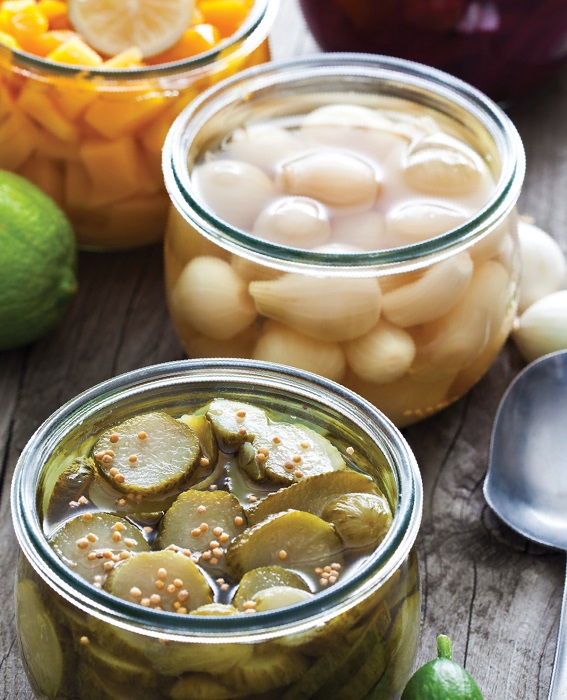
The roots of pickling lie in the age-old practice of food preservation. Created as a way to stretch the harvest, these simple processes can dramatically extend the shelf life of food in a way that is otherwise not possible. Before refrigeration, most fresh produce wouldnt survive a week in the heat of the summer months. But through the near-magical capabilities of pickling, foods can be eaten for weeks or, in the case of canned pickles, up to a year after the harvest.
Pickling foods in vinegar dates back to 1,000 BCE in the Middle East, where plums, pears, and apples were preserved with spices, and in the third century BCE , the Chinese experimented with fermentation to provide laborers working on the Great Wall of China with fermented vegetables as part of their daily food rations.








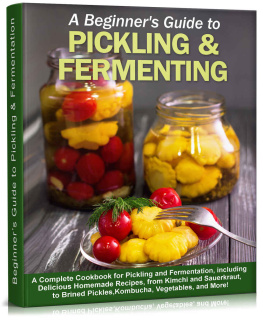
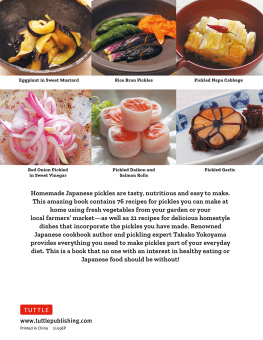

![Better Homes - Better homes and gardens you can can: [a guide to canning, preserving, and pickling]](/uploads/posts/book/188232/thumbs/better-homes-better-homes-and-gardens-you-can.jpg)
